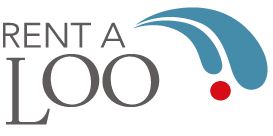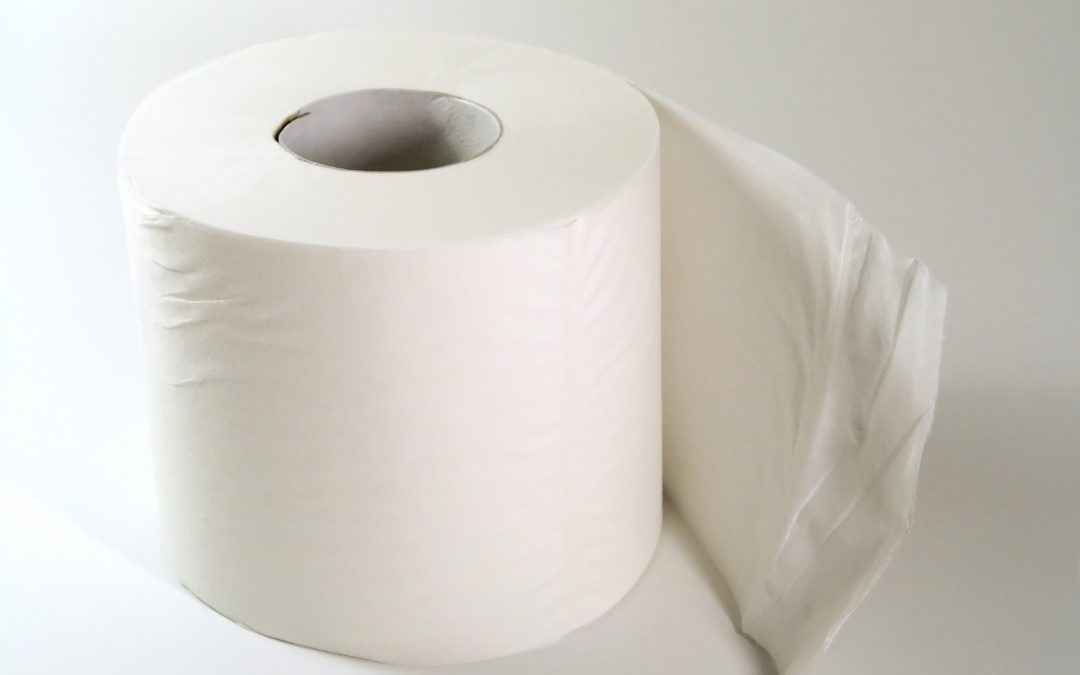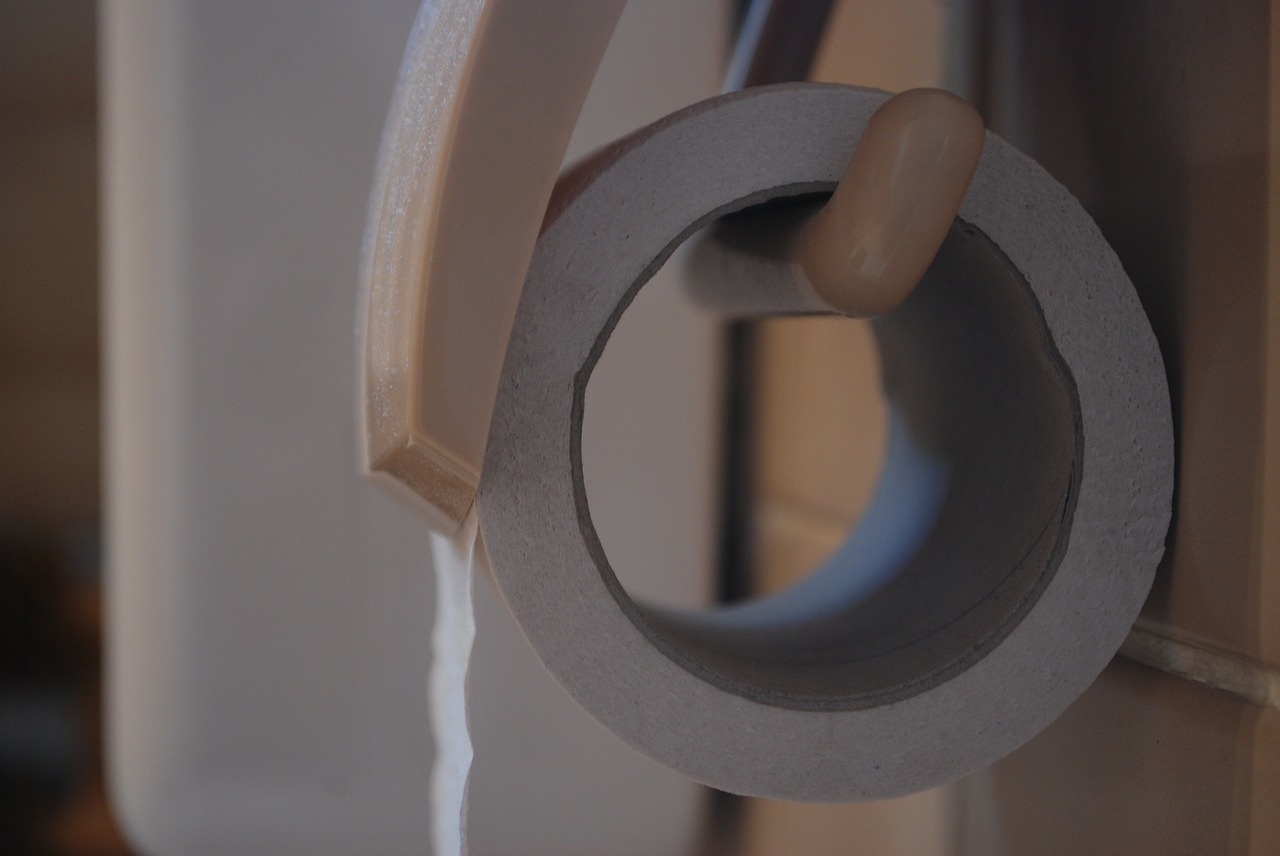Toilet Paper. Over or Under – The Great Debate
Toilet paper when used with a toilet roll holder with a horizontal axle parallel to the floor and also parallel to the wall has two possible orientations: the toilet paper may hang over (in front of) or under (behind) the roll; if perpendicular to the wall, the two orientations are right-left or near-away. The choice is largely a matter of personal preference, dictated by habit. In surveys of US consumers and of bath and kitchen specialists, 60–70 percent of respondents prefer over.
While many people consider this topic unimportant, some hold strong opinions on the matter. Advice columnist Ann Landers said that the subject was the most responded to (15,000 letters in 1986) and controversial issue in her column’s history. Defenders of either position cite advantages ranging from aesthetics, hospitality, and cleanliness to paper conservation, the ease of detaching individual squares, and compatibility with setting specifics such as recreational vehicles or having pets. Some writers have proposed connections to age, sex, or political philosophy, and survey evidence has shown a correlation with socioeconomic status.
Arguments for over or under
The main reasons given by people to explain why they hang their toilet paper a given way are ease of grabbing and habit.[13] Some particular advantages cited for each orientation include:
Over reduces the risk of accidentally brushing the wall or cabinet with one’s knuckles, potentially transferring grime and germs.
Over makes it easier to visually locate and to grasp the loose end.
Over gives hotels, cruise ships, office buildings, public places and homeowners with guest bathrooms the option to fold over the last sheet to show that the room has been cleaned.
Over is generally the intended direction of viewing for the manufacturer’s branding, so patterned toilet paper looks better this way.
Under provides a tidier appearance, in that the loose end can be more hidden from view.
Under reduces the risk that a toddler or a house pet, such as a dog or cat, will completely unroll the toilet paper when batting at the roll.
Under in a recreational vehicle may reduce unrolling during driving.
Partisans have claimed that each method makes it easier to tear the toilet paper on a perforated sheet boundary, depending on the direction of pulling and the use of a second hand to stabilize the roll. (A traveller from the U.S. to China in 1991 noted a different setup: non-perforated paper with a metal cutter above the roll, which obliges the over direction.)
It is unclear if one orientation is more economical than the other. The Centralian Advocate attributes a claim that over saves on paper usage to Planet Green. A reader of The Orange County Register found a “six-month study” by a “university in the U.S.” that came to the same conclusion. But a reader of the Cape Argus wrote that a “British loo paper manufacturer” came to the opposite conclusion.
In the academic field of evaluation, Michael Scriven writes that the question of the correct way to insert toilet paper is a “one-item aptitude test” for measuring one’s evaluation skills. These skills include the evaluative attitude, practical logical analysis, empathy, teaching, and being a quick study. To prove one’s competence, one may either derive the “one right answer” or prove that the test is or is not culturally biased.
Read the full studies on Over vs Under on https://en.wikipedia.org/wiki/Toilet_paper_orientation


